Seed Stage Funding 101: What it Is & How it Works
The Startup Magazine
AUGUST 11, 2023
This could be a proportion of the company’s equity or investment; in other instances, it could be a portion of its later-stage profits. How to evaluate New Businesses at Their Infancy, Their Early Stages, and Their Growth Stages Evaluating a new business venture involves elements of both art and science.






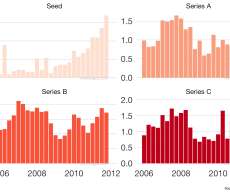

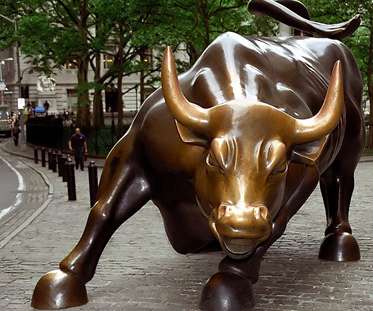

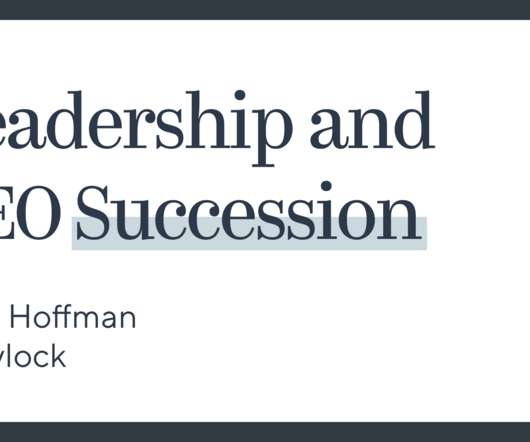













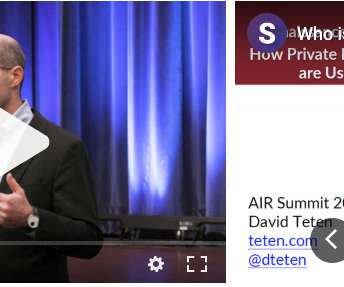




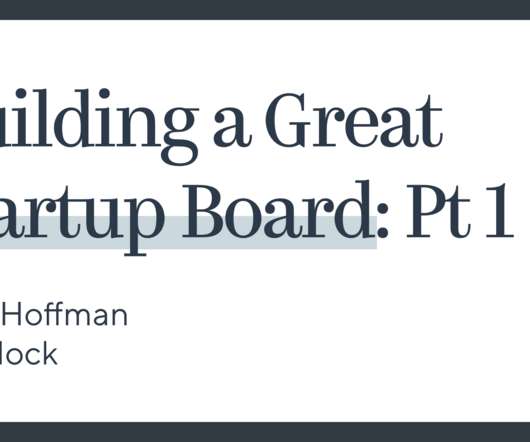









Let's personalize your content